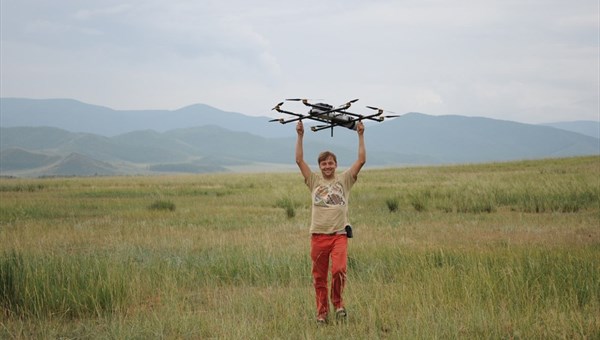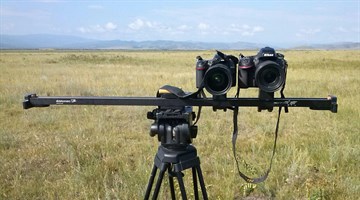© предоставлено Ольгой Зайцевой
TOMSK, Jun 6 – RIA Tomsk. The rector of Tomsk State University (TSU) Eduard Galazhinsky and the CEO
of the Hermitage Mikhail Piotrovsky signed the cooperation agreement within
which specialists of the organizations plan to develop landscape archeology and
to work on creation of three-dimensional models of artifacts, the press service
of TSU reports on Wednesday.
Earlier it was reported that specialists of the Hermitage and Institute of
Archeology of RAS (Moscow) investigated the funerary-memorial complexes located
in Valley of the Kings in Tyva in 2016 and 2017. During the expeditions
archeologists of Artefakt laboratory of TSU carried out aerial photography of
more than 20 square kilometers of Valley of the Kings to create a 3D model of
the valley, separate barrows and burials.
As the press service of TSU reports, the university and the Hermitage plan
joint archaeological researches with use of computer technologies within the
signed cooperation agreement, also they realize projects on digitization of
objects of cultural heritage.
"Joint researches will allow to develop such direction as landscape
archeology. It allows to investigate a fundamental problem of interaction of
the nature and society, to see how the unique cultural landscape was
created in the Turan-Uyuk Basin (Tyva – Ed.) which is characterized by very
high concentration of funeral and funeral complexes", – the press service
quotes the head of the laboratory of TSU Olga Zaytseva.
© Андрей Соколов
It is added that it is also planned to continue work on creation of a
three-dimensional geographic information system of Valley of the Kings within
the agreement.
"The received results are valuable not only from the scientific point
of view, but will be demanded in modern museum practices. For example, 3D
models and digital archives can become a basis of interactive multimedia
exhibitions and the virtual museums", – the press service adds.
Earlier it was also reported that laboratory of TSU "Artefact" id
one of the first in Russia which begun to use three-dimensional technologies
for archeology. The main directions of its work is scanning of monuments of
archeology by means of unmanned aerial vehicles and creation of
three-dimensional models of archeological finds and museum pieces.